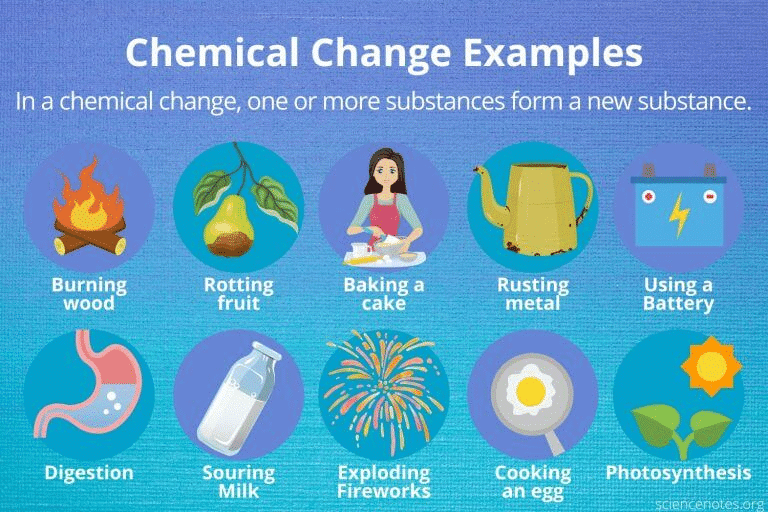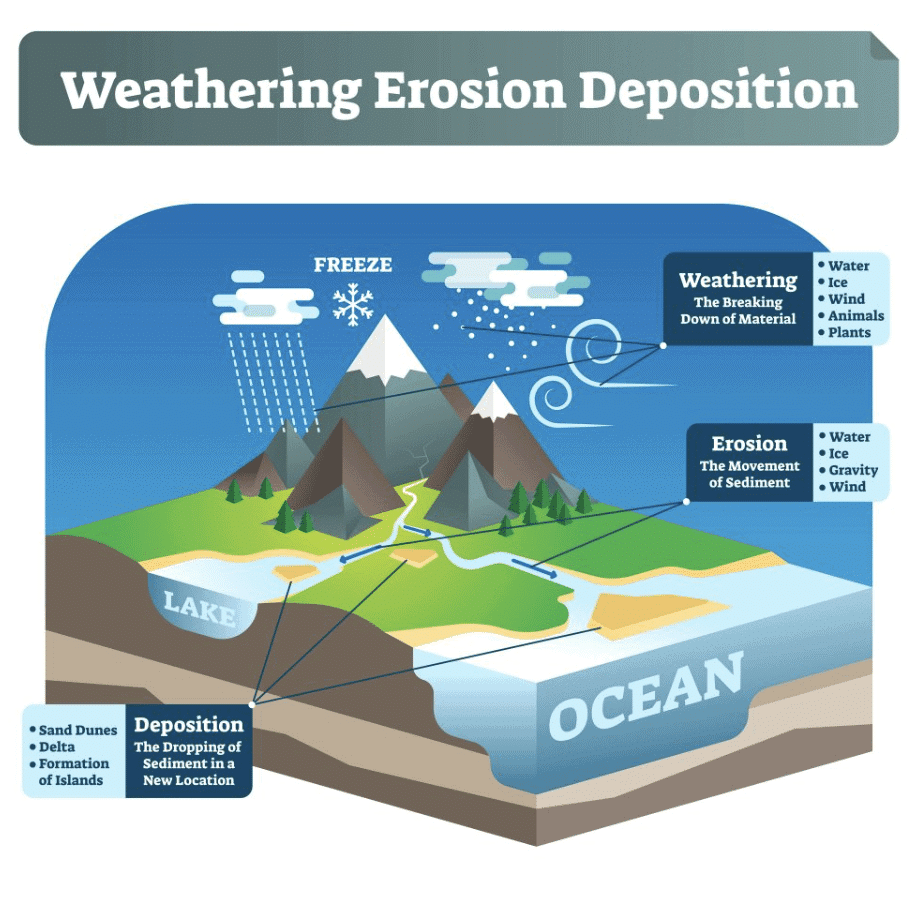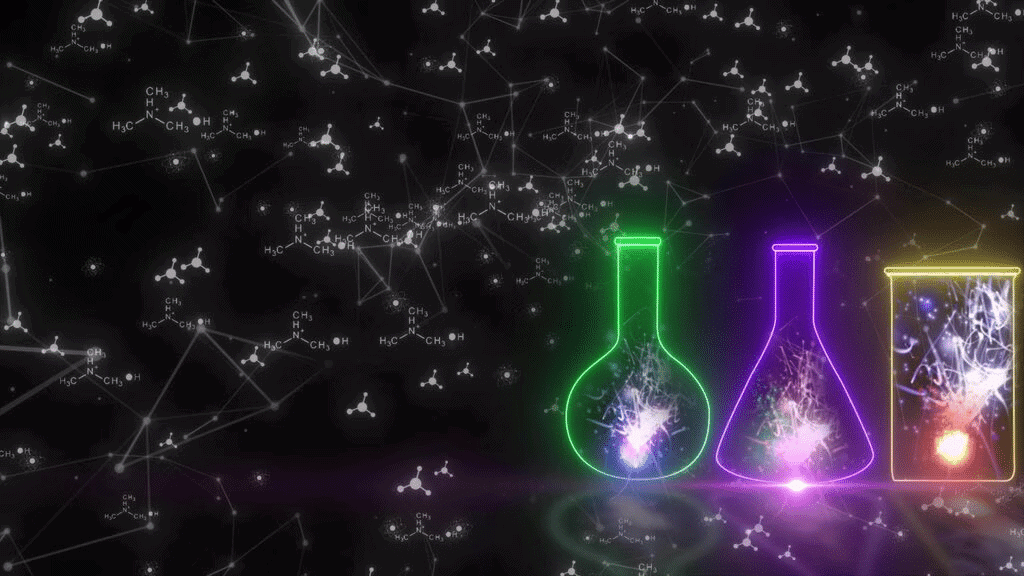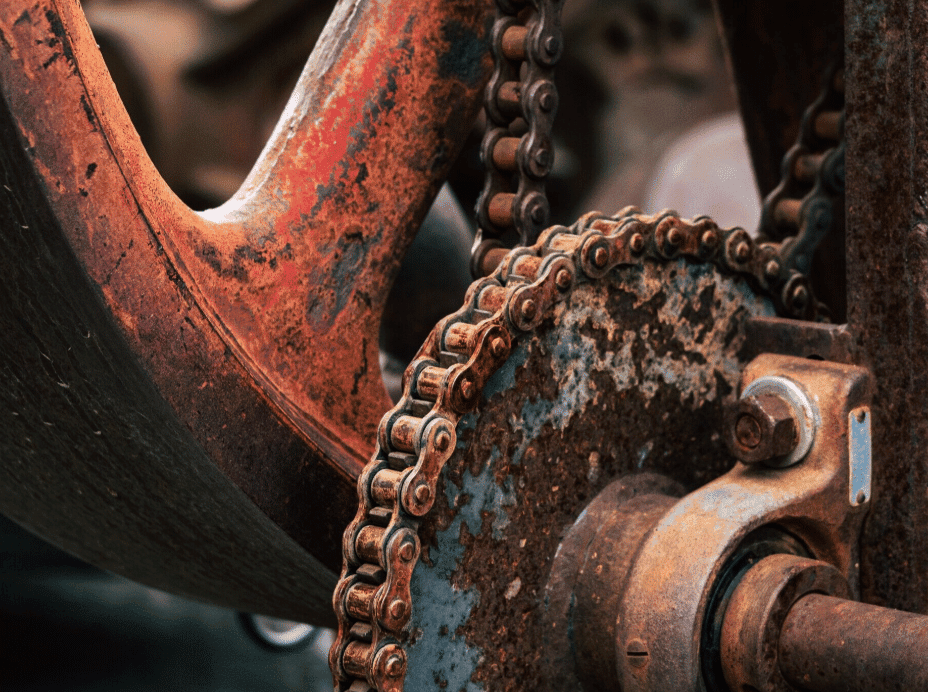Q1: Is cooking food a desirable change?
Ans: Yes, it is a beneficial change.
Q2: What is added to steel to make it stainless?
Ans: Stainless steel is made by mixing iron with carbon and metals like chromium, nickel, and manganese.
Q3: Can physical changes be reversed?
Ans: Yes, like freezing water.
Q4: What is a chemical change?
Ans: A change, in which a new substance with different properties is formed, is known as a chemical change.
Q5: A change, in which a new substance with different properties is formed, is known as a _________________

Ans: Chemical change
Q6: What is the fire triangle?
Ans: The three requirements for combustion: fuel, oxygen, and heat.
Q7: What is erosion?
Ans: The movement of rocks, soil, or sediments by wind or water.
Q8: State the two important conditions for rusting.
Ans: Presence of water and presence of oxygen

Q9: What is weathering?
Ans: The breakdown of rocks into smaller pieces through physical or chemical processes.
Q10: What is the ignition temperature?
Ans: The minimum temperature at which a substance catches fire.
Q11: What is melting?
Ans: Melting is the process of turning a solid to a liquid.
Q12: Name the process by which water molecules continuously change to vapour.
Ans: Evaporation
Q13: What is an irreversible change?
Ans: A change that cannot be undone, like burning wood.
Q14: What is bioluminescence?
Ans: Light produced by living organisms, like fireflies, through a chemical change.
Q15: A medicine is the end product of the chain of ________________________

Ans: Chemical reaction
Q16: Condensation of steam is a chemical process or physical change?
Ans: Physical change
Q17: Cutting of log of wood into pieces is a chemical process or physical change?
Ans: Physical change
Q18: Name the two methods by which rusting of iron can be prevented.

Ans: By painting or greasing and by galvanizing with Zinc